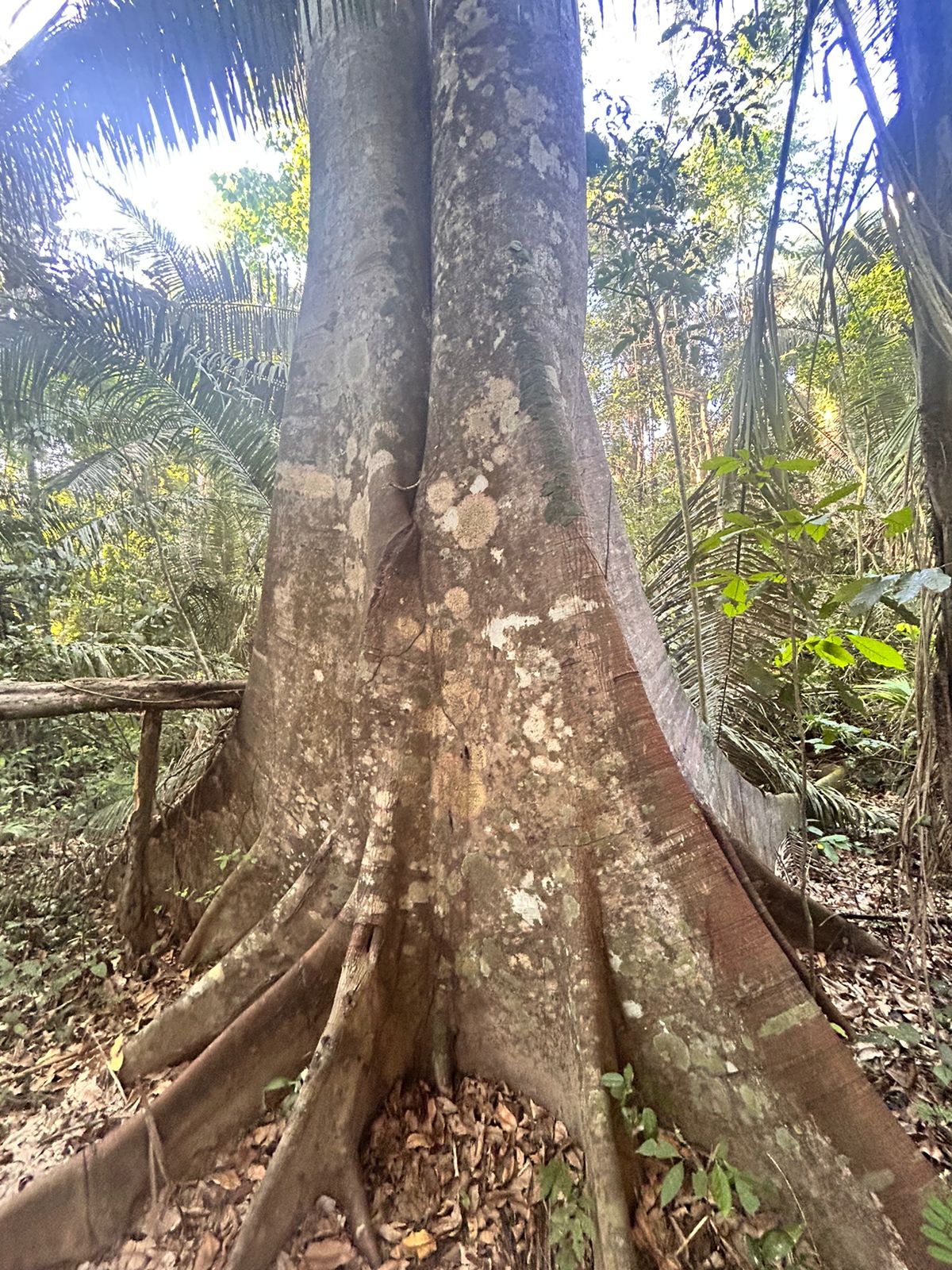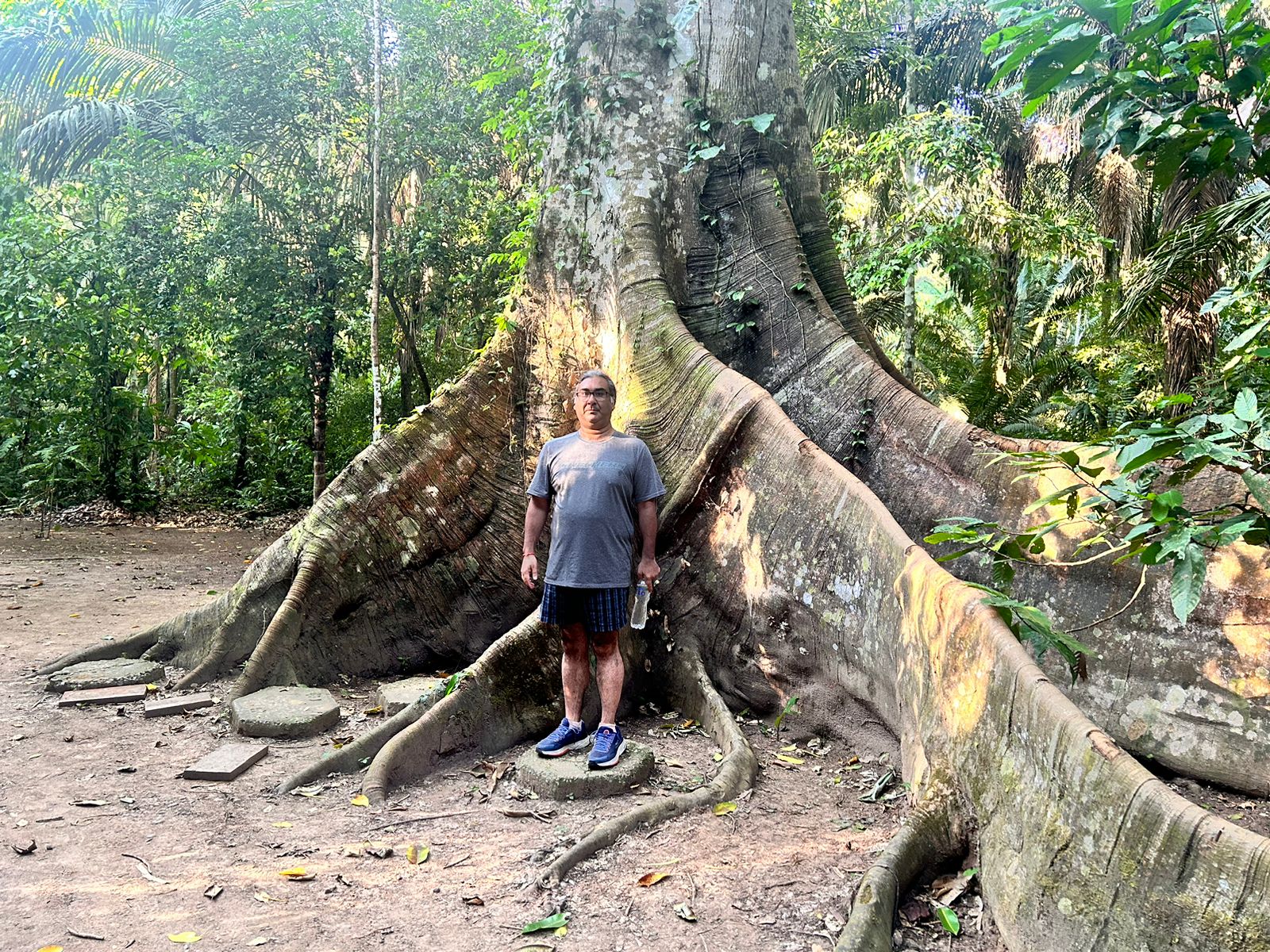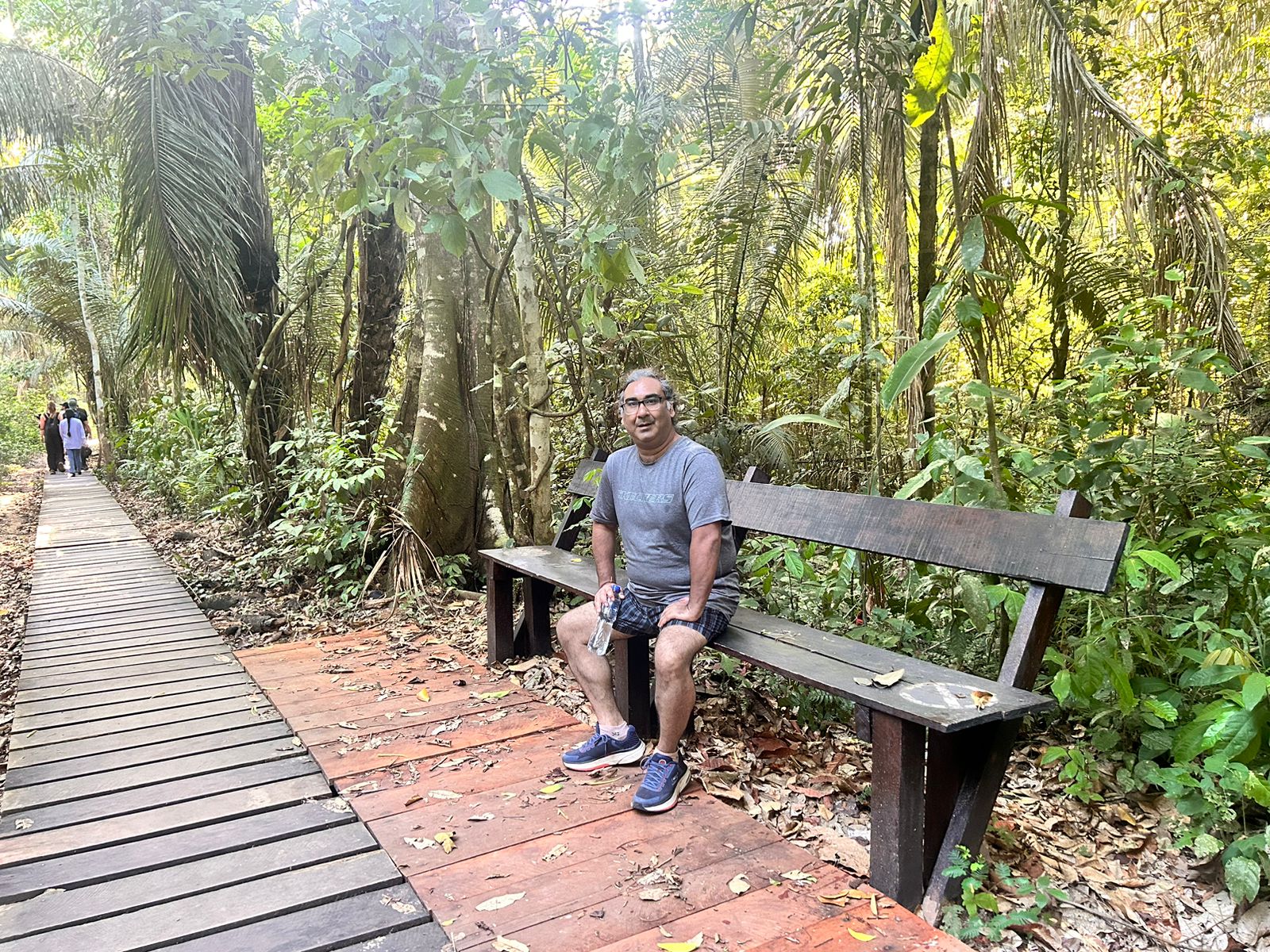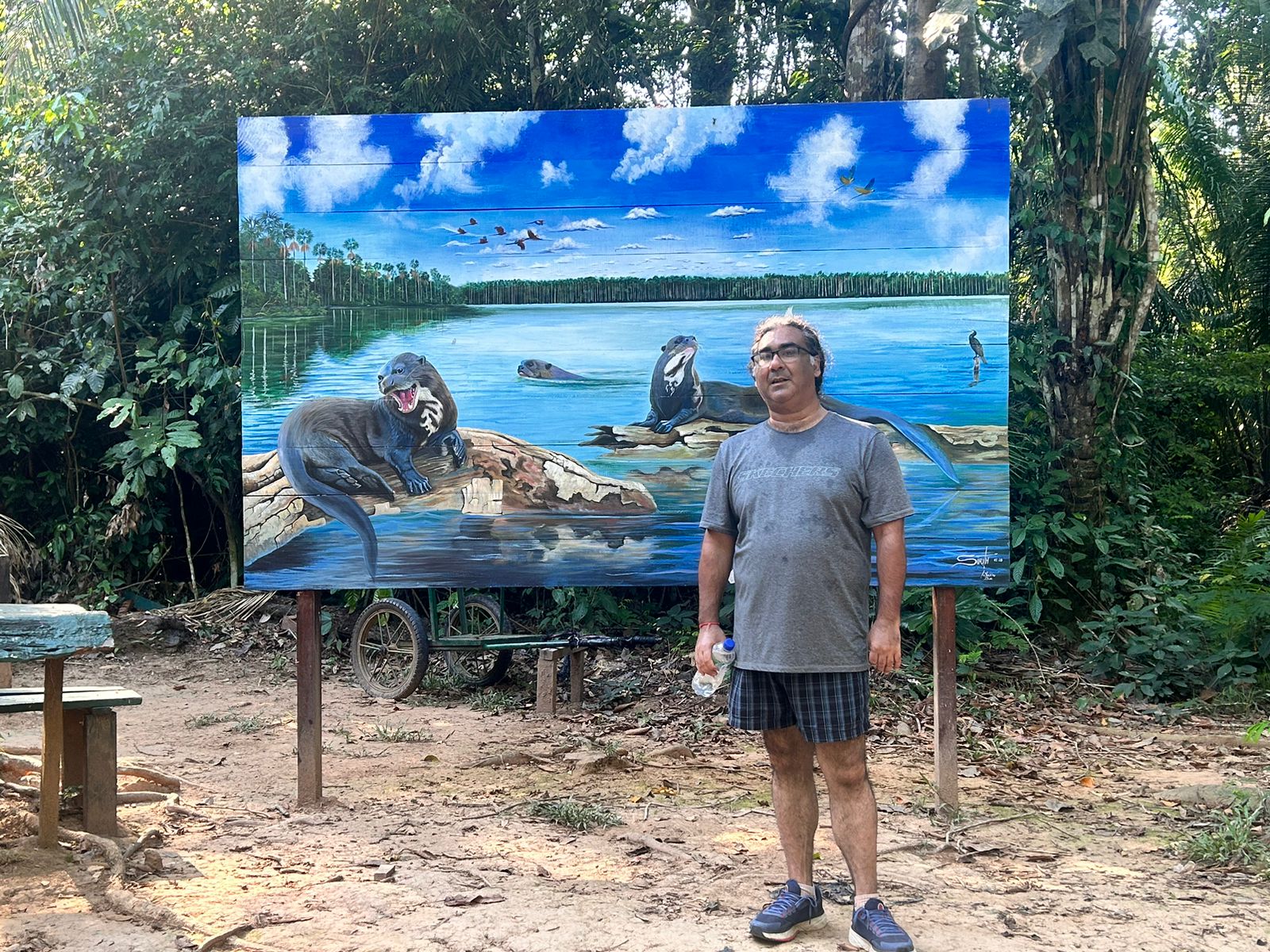Peruvian Amazonia (Spanish: Amazonía del Perú), informally known locally as the Peruvian jungle (Spanish: selva peruana) or just the jungle (Spanish: la selva), is the area of the Amazon rainforest included within the country of Peru, from east of the Andes to the borders with Ecuador, Colombia, Brazil and Bolivia. This region comprises 60% of the country and is marked by a large degree of biodiversity. Peru has the second-largest portion of the Amazon rainforest after the Brazilian Amazon.
Extension
Most Peruvian territory is covered by dense forests on the east side of the Andes, yet only 5% of Peruvians live in this area. More than 60% of Peruvian territory is covered by the Amazon rainforest, more than in any other country.
According to the Research Institute of the Peruvian Amazon (Instituto de Investigaciones de la Amazonía Peruana, IIAP), the spatial delineation of the Peruvian Amazon is as follows:
Ecological criteria: 782,880.55 km2 (60.91% of Peruvian territory and approximately 11.05% of the entire Amazon jungle).
Hydrographic criteria or basin criteria: 96,922.47 km2 (37,421.97 sq mi) (75.31% of Peruvian territory and approximately 16.13% of the whole Amazon basin).
Lowland Jungle
The lowland jungle (in Spanish Selva Baja) is also known as Omagua region, Walla, Anti, Amazonian rainforest or Amazon basin. This ecoregion is the largest of Peru, standing between 80 and 1,000 meters above sea level. It has very warm weather with an average temperature of 28 °C, high relative humidity (over 75%) and yearly rainfall of approximately 260 cm (100 in). Its soils are very heterogeneous, but almost all have river origins. Because of high temperatures and high rainfall, they are poor soils with few nutrients.
The jungle contains long and powerful rivers such as the Apurimac, Mantaro, Amazon, Urubamba, Ucayali, Huallaga, Marañón, Putumayo, Yavarí, Napo, Pastaza, Madre de Dios, Manu, Purus, and Tigre. The Apurimac River is the source of the Amazon River. The Pacaya-Samiria National Reserve, the Allpahuayo-Mishana National Reserve and the Tamshiyacu Tahuayo Regional Conservation Area are within the forest.
Highland Jungle
The highland jungle (in Spanish Selva Alta) is also called Rupa-Rupa region, Andean jungle, ceja de selva. This ecoregion extends into the eastern foothills of the Andes, between 1,000 and 3,800 m above the sea level. The eastern slopes of the Andes are home to a great variety of fauna and flora because of the different altitudes and climates within the region. Temperatures are warm in the lowlands and cooler in higher altitudes. There are many endemic fauna because of the isolation caused by the rugged terrain of the area.
Within the Amazon rainforest there are several other types of forest but they all have one characteristic in common: abundant rains. Over the course of a year, a portion of tropical forest will receive between 1,500 and 3,000 mm of rain. This creates the typical tropical atmosphere of a rainforest, with an average temperature of around 24 °C or more.










